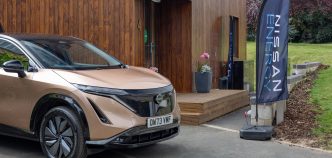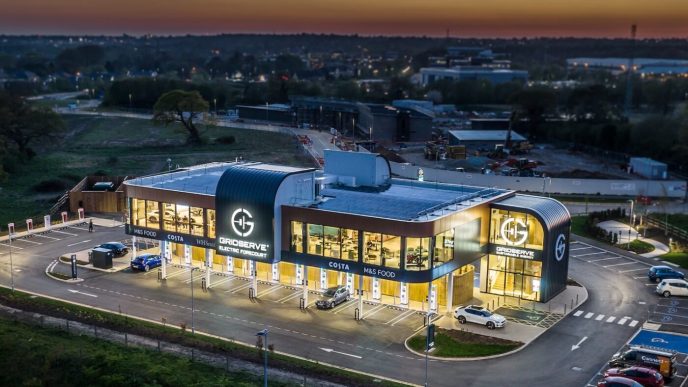Tesla is set to make another bold move in the automotive industry with its proposal for the Low-Voltage Connector Standard (LVCS), aimed at standardizing car connectivity within its 48-volt electronics architecture, currently utilized in the Cybertruck. This initiative follows the successful rollout of Tesla’s North American Charging Standard (NACS), which has gained traction among major automakers, including Ford and General Motors.
In a brief blog post, Tesla highlighted the advantages of its 48-volt architecture, describing it as “the optimal long-term choice, requiring only a quarter of the current to deliver the same amount of power.” The architecture is designed to enhance the reliability of autonomous vehicles, featuring robust single-wire sealing and independent secondary locking mechanisms while minimizing package size.
The LVCS initiative aims to combat the increasing complexity and costs associated with modern automotive electronics. Citing a Deloitte study, Tesla noted that the integration of advanced comfort and assistance systems has led to a doubling of electronic complexity and cost in the industry. Currently, a typical vehicle requires over 200 connections, with this number steadily increasing.
To streamline this process, Tesla’s engineers have defined six plug designs for the LVCS, which are intended to meet the power and signal requirements for over 90% of typical electrical device applications. This standardization is expected to unlock operational efficiencies, reduce costs, and facilitate manufacturing automation, according to Tesla.
The automaker is inviting “all device suppliers and vehicle manufacturers to join us in this initiative,” providing an email address (lvcs@tesla.com) for interested parties.
If adopted widely, the LVCS could significantly increase the availability of compatible components, potentially lowering prices and simplifying repairs. However, it remains to be seen whether the rest of the automotive industry will find the LVCS compelling enough to abandon their existing systems.
Tesla’s past experience with the NACS, which initially met with a lukewarm response before gaining widespread adoption, illustrates that the appeal of a standardized system can grow over time. While the NACS focused on charging infrastructure—benefiting from Tesla’s well-established Supercharger network—the importance of standardized 48-volt plugs may not be as immediately evident to consumers, who prioritize functionality over specific connector types in their vehicles.
Credit: Tesla











